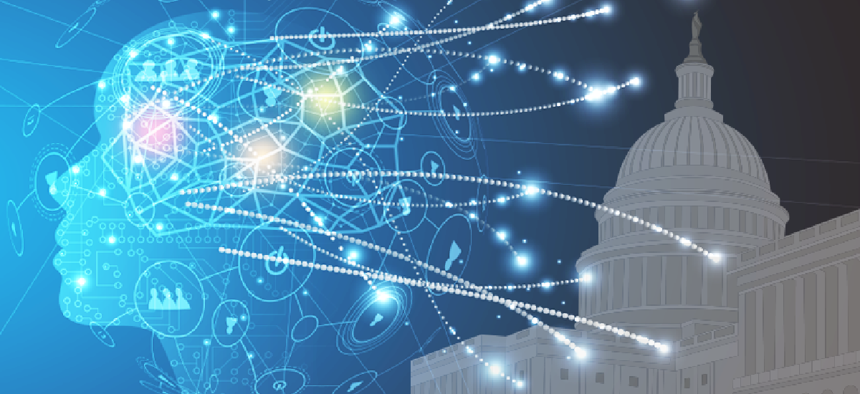Using AI as a workforce multiplier


Connecting state and local government leaders
With artificial intelligence, public-safety organizations can reduce the labor associated with mundane security tasks and leverage human skills such as creativity, strategic thinking and interpersonal communication.
Many people who work in the state and local government security space are wary about the impact of artificial intelligence on their jobs. They know the technology has the potential to help automate their systems but also worry about how it might impact the human workforce. On the surface, this seems like a legitimate concern -- the idea of a computer doing what a human can do in a fraction of the time and for less money is worrying to many people. However, there are many other factors that should be considered.
When people are stuck performing mundane security tasks like watching camera feeds, monitoring social media activity or physically checking the same areas of a facility repeatedly, they can’t leverage valuable human skills such as creativity, strategic thinking and interpersonal communication. Because AI systems can now take on the bulk of routine monitoring and analysis work, it frees up human capital to be used more effectively by state and local governments looking to better honor their commitment to citizen safety. In other words, AI enables organizations to better utilize human potential by providing a more cerebral role for security operators.
Adoption challenges
Many state and local agencies face challenges to implementing AI due to a widespread misunderstanding of how AI functions. Many who think of artificial intelligence picture a dystopian future of evil robots, slowly but surely becoming smarter than humans and eventually taking over. Because of this perception, agencies often face public pushback. While there is some potential for irresponsible applications of AI, the overwhelming majority of use cases are harmless. The technology is most commonly used to automate repetitive processes that don’t need 24/7 attention from a human -- such as data entry or monitoring RSS feeds for potential security threats or other risks.
It’s important to remember that AI should not be used to replace a person’s role, but instead to make time for more complex tasks. Even when it comes to jobs that require human insight, there are ways that AI can help. It can quickly analyze video footage, for example, alerting command center operators to a potential threat, before automatically presenting critical information such as an exact location or a map of nearby security assets, along with step-by-step instructions for evaluation and resolution.
The role of AI in public safety
AI will certainly benefit all areas of public safety, especially when it comes to keeping citizens safe. Because threat scenarios vary, it can be difficult for security operators to take swift, appropriate action. Further, false alarms can be costly, and, worse, missed detections can be deadly, so control rooms operate under tremendous pressure, which in turn increases the risk for error. Fortunately, AI-powered analytics can provide continuous monitoring and real-time detection of threats.
When it comes to maintaining physical security, AI analytics tools can identify unattended objects and ultimately determine the level of risk they pose. For example, an unattended glass in a bar will have a different threat rating than an unattended backpack at a subway station. For vehicles, AI is able to automatically cross-reference license plates with the registered make and model of a car to determine whether or not the information matches and flag suspicious activity.
By implementing AI solutions, public-sector organizations can reduce costs while improving operational efficiency, enabling them to improve security in areas of need, such as placing cameras in places that lack visibility. And with new AI tools, organizations will be able to better interpret the vast amounts of data collected from existing security devices and systems that may have otherwise gone unused.
Deploying AI will result in faster incident resolution, increased situational awareness and enhanced forensic capabilities. Ultimately, these tools will not take away jobs, but enhance them, especially in the state and local government space. While this could mean familiar jobs may look different in coming years, the number of new jobs made possible by the automation of repetitive tasks will grow, helping expand the workforce and enabling better public safety and security.




